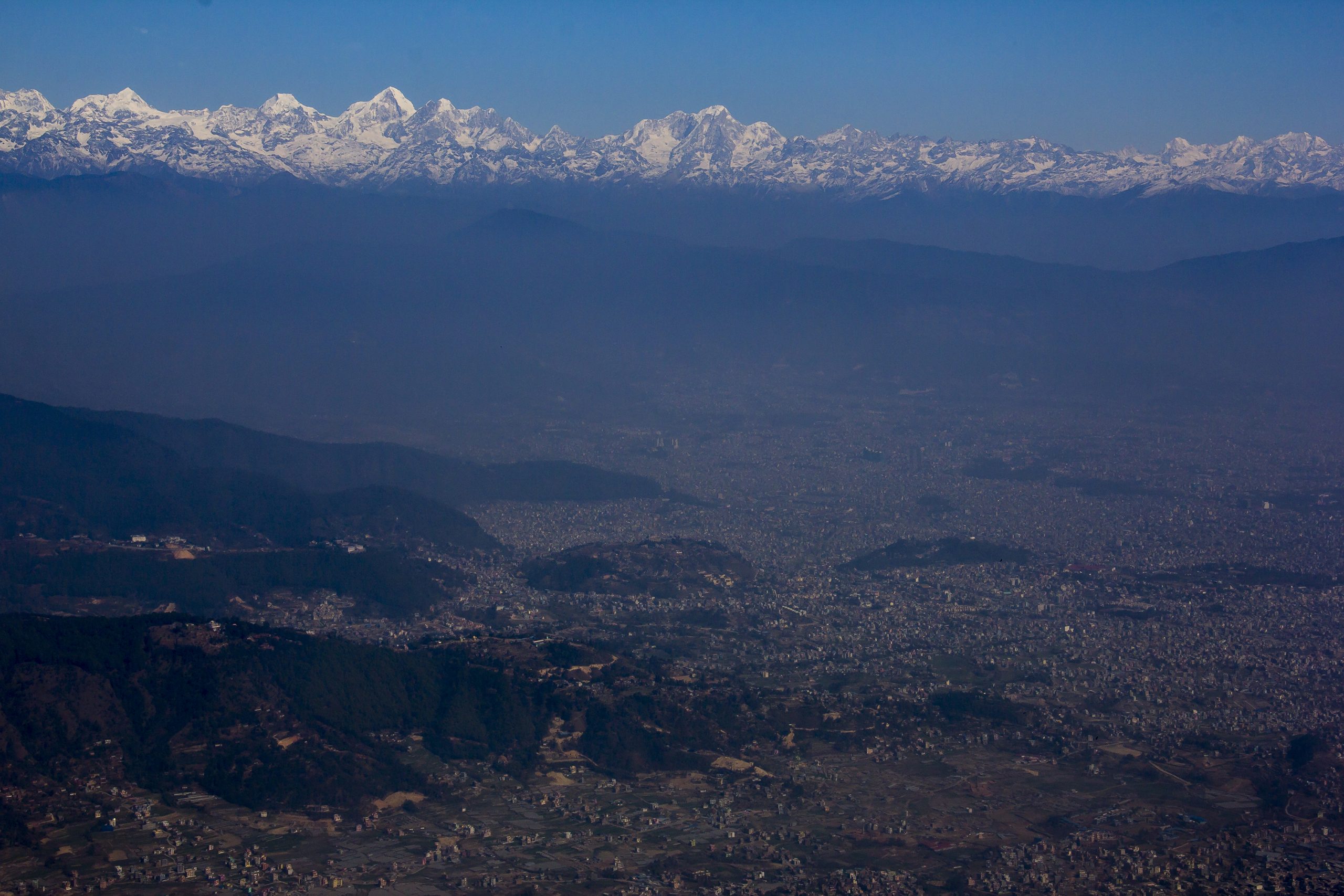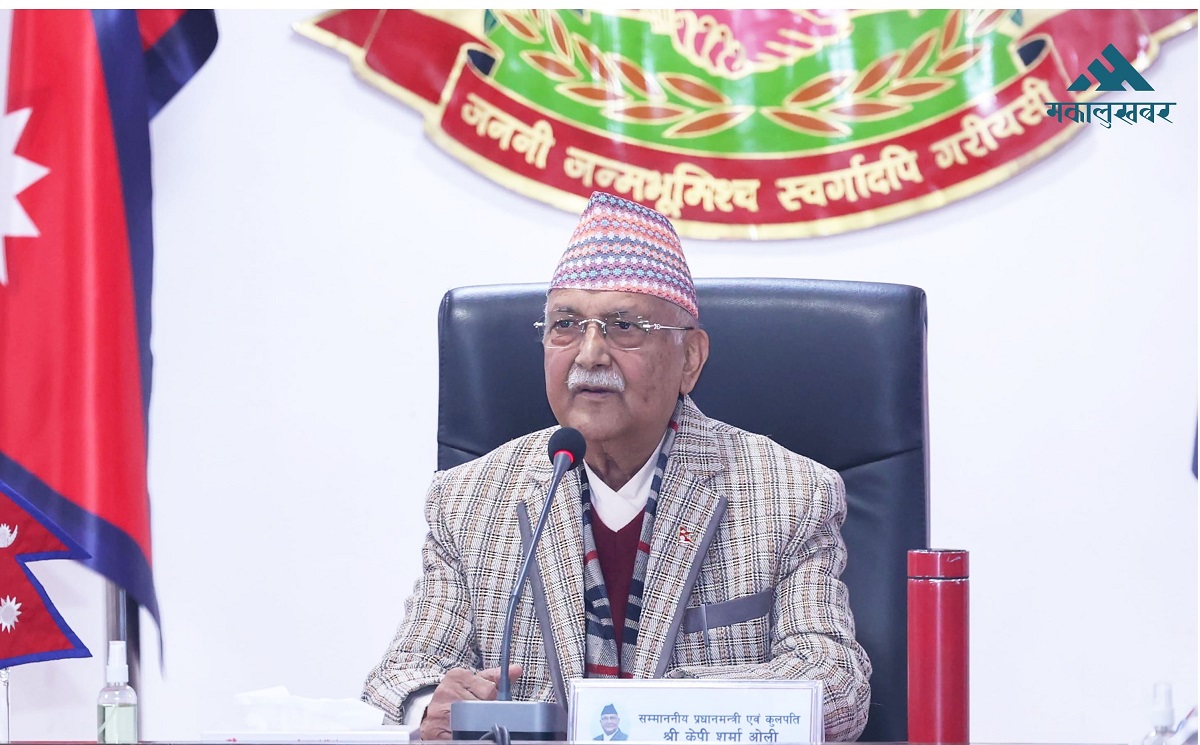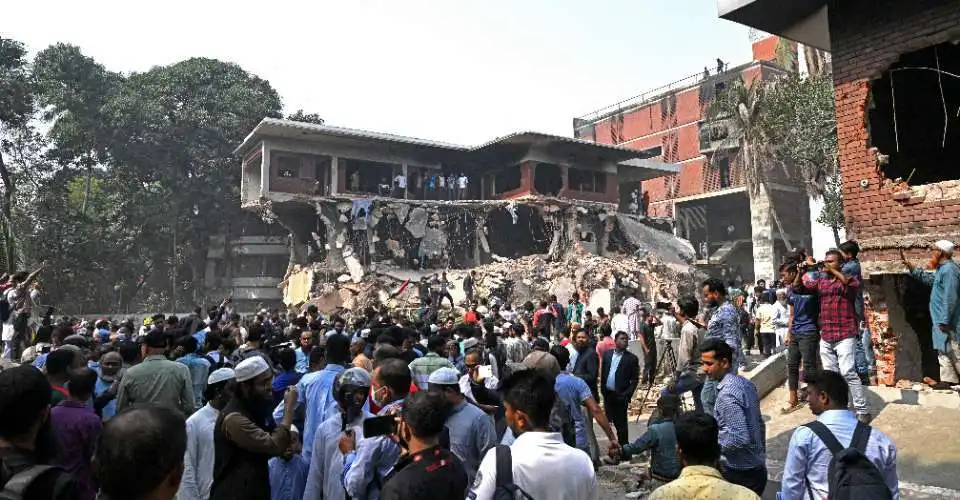Himalayan dry spell raises climate concerns
Villages and hilltops have turned pale.

KATHMANDU: This winter, the Himalayan districts of Nepal have yet to see snowfall. As Magh nears its end, the usual cold remains absent. Once blanketed in white, the high-altitude regions now appear dry and barren.
Villages and hilltops have turned pale. Dilip Nepali, an agricultural officer at the Mustang Agriculture Knowledge Center, said the absence of snow and rain has alarmed farmers.
“The lack of snowfall impacts apple farming and increases the risk of pest outbreaks,” he said. “The yield of crops like wheat, barley, garlic, and potatoes will also decline.”
According to him, when snowfall and rain fail to arrive on time, both crop production and quality suffer. Studies have shown that climate change is hitting the Himalayan region hard.
If these weather patterns persist, traditional crops may vanish, making way for new varieties. Farmers in Upper Mustang report that vegetables like cucumbers and tomatoes, once uncommon in the region, are now being cultivated.
The lack of snowfall and rainfall has left farmers struggling. Mustang, instead of being covered in snow, is experiencing only dry winds. Last winter also passed without any significant precipitation. Without snowfall, crops in non-irrigated lands dry out before they can grow, Nepali said.
Deepak Lalchan, an apple farmer from Marpha in Gharpajhong Rural Municipality-2, said the absence of snowfall reduces the required cold temperatures for fruits and grains.
“Without enough chill, apple production could decline,” he said. “However, Marpha has irrigation facilities, so the situation is not dire.” But in places like Thasang, where barley is a major crop, the dry weather is a growing concern due to the lack of irrigation infrastructure.
The impact of snow and rainfall shortages extends beyond agriculture, affecting daily life in the Himalayas. Lalchan noted that the usually harsh winter feels unusually warm this year.
Tourist destinations such as Mustang, Manang, and Myagdi, which typically attract visitors with their snow-covered landscapes, now appear barren. Julie Pun, a tourism entrepreneur from Ghorepani in Annapurna Rural Municipality-6, Myagdi, confirmed that snowfall has yet to occur in the region.
So far, not a single Himalayan or high-altitude district in Gandaki Province has seen snowfall or even light rainfall. The lack of precipitation has significantly affected winter crops in Mustang, Manang, Myagdi, and Baglung.
While irrigated areas remain unaffected, farmers who depend on winter rain are facing severe losses. The dry spell has taken a toll on wheat, mustard, vegetables, and fruits in the hills. Even the iconic snow-capped peaks, which attract thousands of tourists every year, are beginning to resemble barren rock.
Experts warn that Nepal’s mountains are among the most vulnerable to climate change. Environmental researcher Kulchandra Aryal highlighted that the rate of warming in the Himalayas is higher than the global average.
“The global average temperature has increased by 1.5 degrees Celsius, but in the Himalayas, it has risen by 1.8 to 2 degrees,” Aryal said.
He added that climate change and global warming are accelerating glacial melting, expanding existing glacial lakes, and increasing the risk of glacial lake outbursts.
If the current trend continues, scientists warn that Nepal’s snowy peaks may turn into bare rocks within a few decades. Even if global temperature rise is limited to 1.5 degrees Celsius, the International Centre for Integrated Mountain Development (ICIMOD) predicts that the Hindu Kush-Himalaya region will still lose 36% of its ice reserves by the end of this century.









